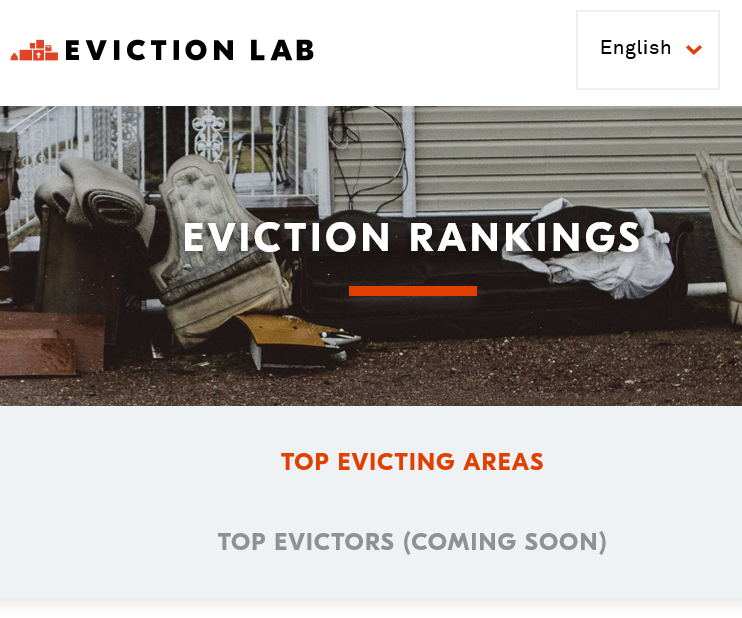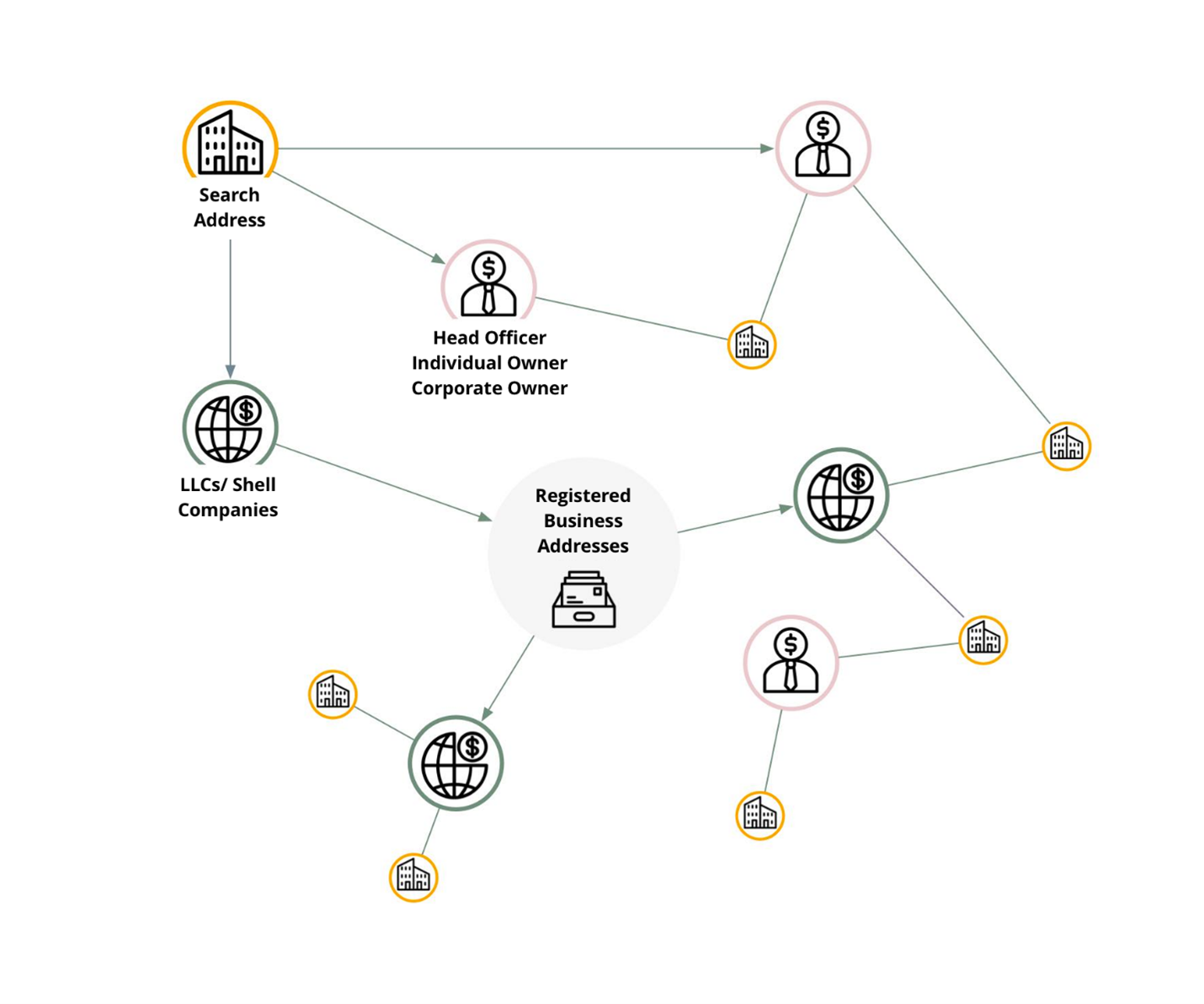By Branden DuPont
Medical College of Wisconsin
owned by Anchor Properties Group from 2016-2021
At first glance, Anchor Properties appears to be a mid-sized landlord. Over 5 years, they have filed around 99 evictions at their 17 properties.
Consider a typical approach to figuring out if other LLCs are related to each other.
A keen court clerk or legal aid attorney may begin to notice that the same attorney represents other similar named LLCs in court.
These four LLC's are then linked together by a common attorney and these A-named plaintiffs make up a larger landlord than previously understood. Over 5 years, this portfolio filed around 919 evictions at 101 buildings -- nearly 10 times the previous estimate.
However, this approach is limited so LLCs are next linked using property records.
Using property records, Anchor Properties Group is linked to a total of 22 known LLCs and turns out to be Milwaukee's second largest evictor. Over 5 years, this portfolio filed an estimated 3,144 evictions at 387 buildings.
Even more than being a large evictor, Anchor Properties files at an incredibly high rate: 90%. Before the pandemic, they filed 9 evictions for every 10 units they own.
The Milwaukee Housing Authority in comparison files at a rate of 3%.
Anchor Properties Group
is a longstanding, unsolved problem

- Provide targeted legal defense strategies to tenants of property owners who are known to engage in “serial eviction filings” where housing court is used as a rent collection tool
- Inform eviction mitigation and diversion
- Inform the distribution and targeting of rental assistance
- Assist the Milwaukee Autonomous Tenant Union’s organizing efforts
- Evaluate the impact of Milwaukee’s newly passed Right to Counsel
Wisconsin State Courts maintain a statewide database of eviction records filed in local county circuit courts. Evictions are filed under the small claims court category of cases. Data availability includes all court data specified under Wisconsin’s open record law, Wis. Stat. §§ 19.31-19.39. It costs $12,500 a year for access provided via an API key. Data must be queried per individual case as no bulk query option is allowed. Data is returned as a JSON object.
- Eviction Filing - court action to begin eviction proceedings.
- Eviction Judgment - court action granting eviction judgement.
- Eviction Filing Date - the date an eviction was filed
- Eviction Judgment Date - the date an eviction judgment was granted.
- Defendant Address - defendant address is used to identify where an eviction took place – and to link to other property related data
The City of Milwaukee’s Information and Technology Department has maintained a table for every parcel in the City since 1975. Data on property ownership is collected and updated daily by the City’s Assessor office. Data is available via the Milwaukee Open Data Portal and can be accessed as an excel file or as a shapefile.
- Property ownership - current owner(s) reported to the City Assessor.
- Owner address - listed owner’s address
- Land use - type of land use at the parcel. Used to identify residential vs commercial properties.
- Unit size - the number of units at the property. Used to calculate a base eviction filing rated for large properties with >4 units.
- Parcel taxkey - unique building parcel identifier
When real estate changes hands or is “conveyed” a “Real Estate Transfer Return” or RETR is filed with the Milwaukee County Register of Deeds. To understand eviction trends by property ownership over time, data on when a property changed hands needs to be accounted for so that eviction filings are not attributed to the incorrect landlord or property owner. 5 years of historical data is available via monthly excel spreadsheets. Preliminary research has shown that when a single buyer purchases a spate of homes, not all conveyance dates are appropriately updated for all parcels purchased.
- Parcel taxkey - unique building parcel identifier
- Conveyance date - name of formal agent registered to corporate records
- Conveyance type - what type of real estate transfer (e.g. new corporate filing or sale).
The Wisconsin Department of Financial Institutions maintains yearly filings for corporate entities (LLC, CORP, LLP) that own a given property. Data is only available for bulk export via a mailed CD for the full database, a text file ASCII file containing the previous months filings, or by single search through an online portal.
- Legal entity name - official corporate filing name
- Registered agent - name of formal agent registered to corporate records
- Registered office address - address of registered agent.
- Principal office address - unique building parcel identifier
